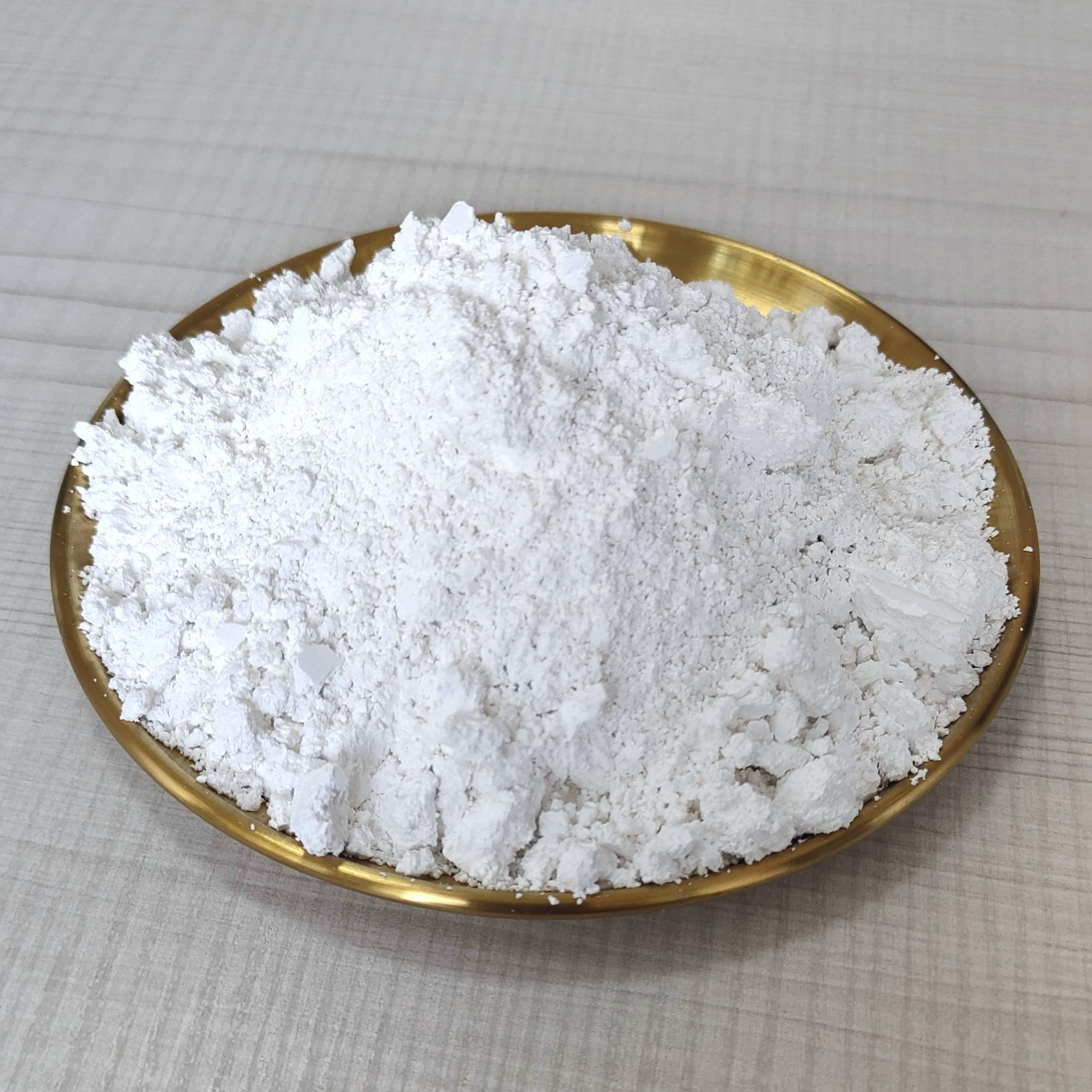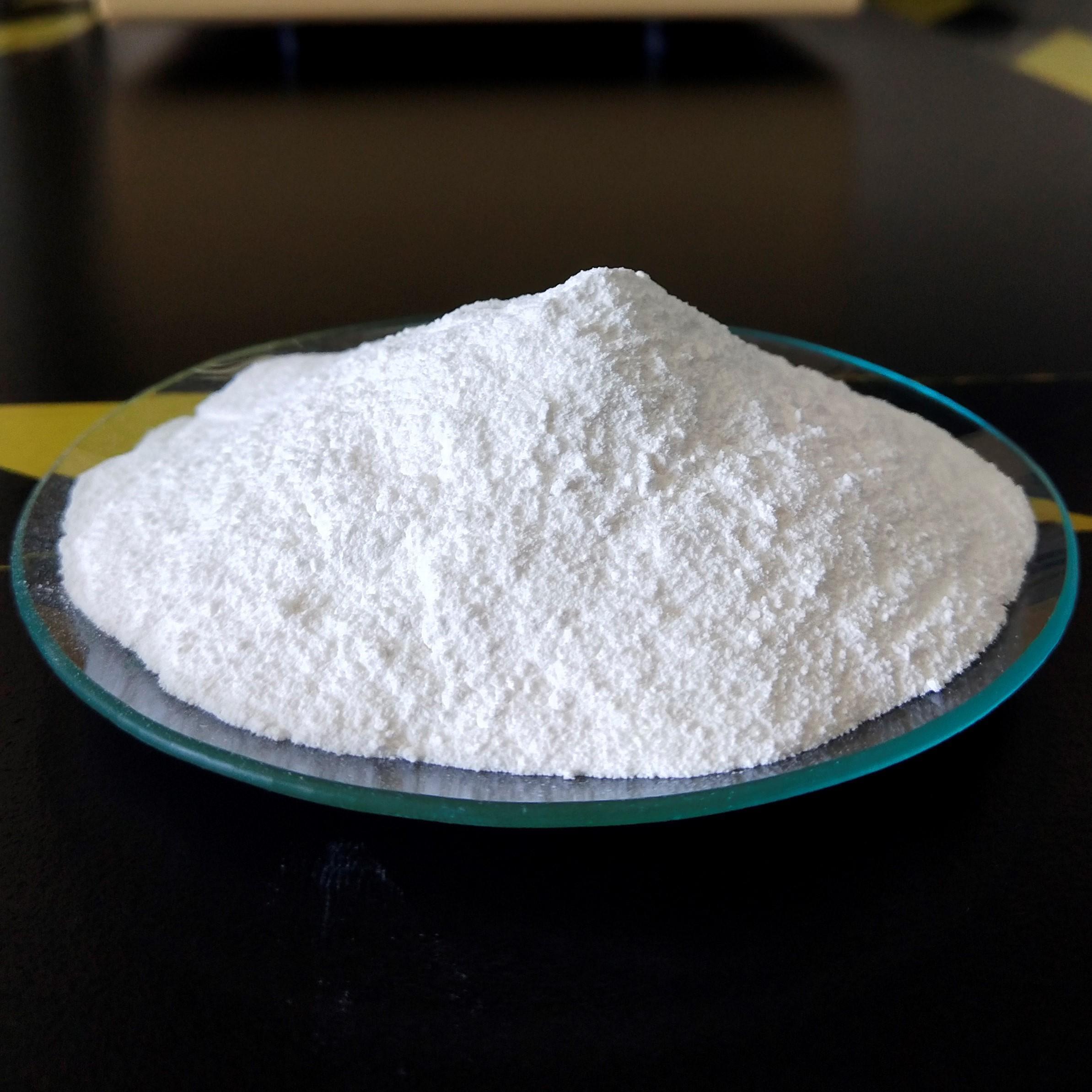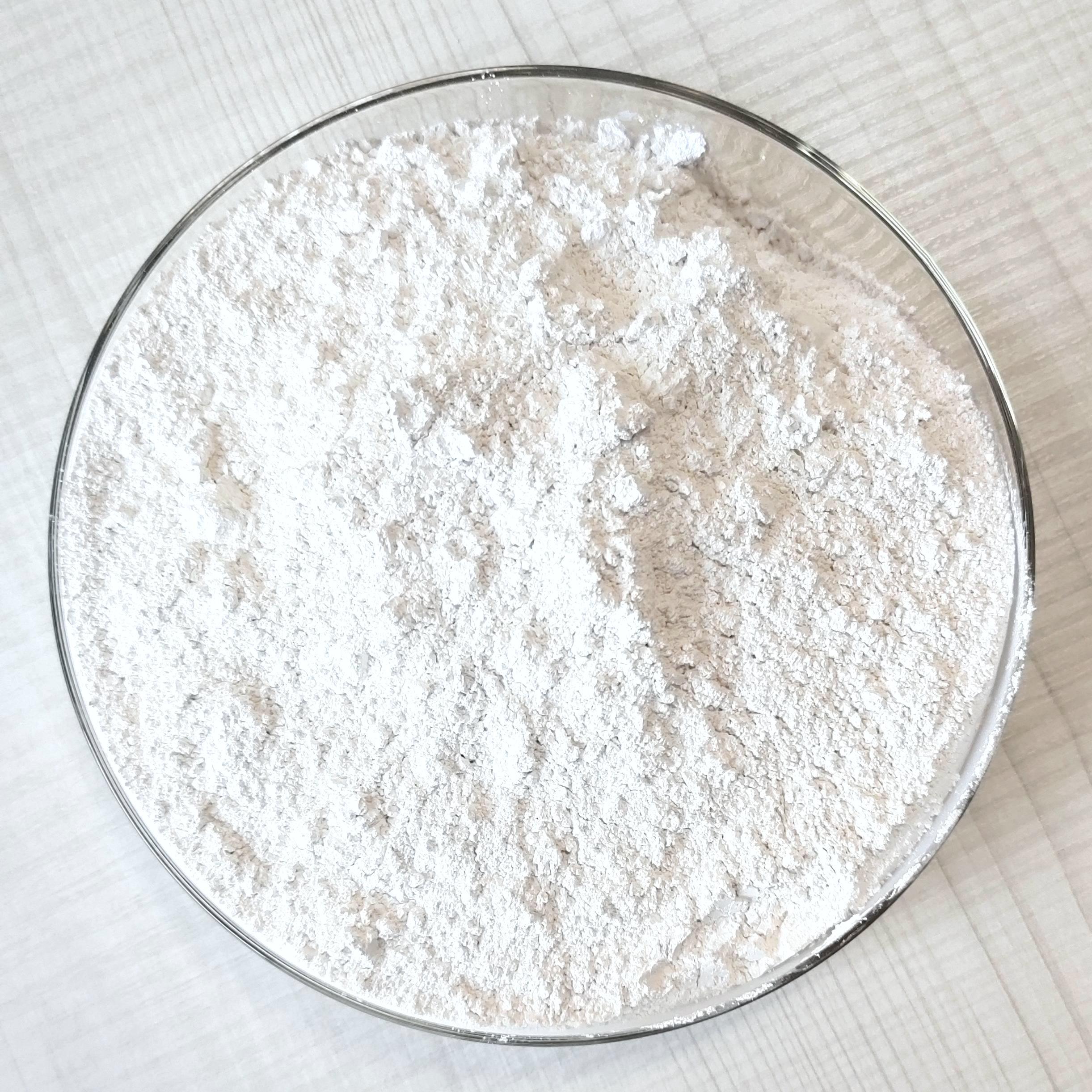20
2025
-
04
Ultrafine Nano Calcium Carbonate vs. Traditional Calcium Carbonate: What's the Difference?
Ultrafine Nano Calcium Carbonate vs. Traditional Calcium Carbonate: What's the Difference? Table of Contents 1. Introduction to Calcium Carbonate 2. Types of Calcium Carbonate 2.1 Traditional Calcium Carbonate 2.2 Ultrafine Nano Calcium Carbonate 3. Production Processes 3.1 Traditional Manufacturing Process 3.2
Ultrafine Nano Calcium Carbonate vs. Traditional Calcium Carbonate: What's the Difference?
Table of Contents
- 1. Introduction to Calcium Carbonate
- 2. Types of Calcium Carbonate
- 3. Production Processes
- 4. Properties Comparison
- 5. Applications in Industry
- 5.1 Use in Construction
- 5.2 Role in Coatings and Paints
- 5.3 Application in Plastics
- 5.4 Use in Food and Pharmaceuticals
- 6. Advantages and Disadvantages
- 7. Environmental Impact
- 8. Frequently Asked Questions
- 9. Conclusion
1. Introduction to Calcium Carbonate
Calcium carbonate (CaCO3) is a versatile mineral widely used across multiple industries due to its abundant availability and beneficial properties. It appears in various forms, including chalk, limestone, and marble, and plays a crucial role in construction, agriculture, pharmaceuticals, and more. In the realm of industrial applications, understanding the differences between **ultrafine nano calcium carbonate** and **traditional calcium carbonate** can significantly affect product performance and application outcomes.
2. Types of Calcium Carbonate
2.1 Traditional Calcium Carbonate
Traditional calcium carbonate, often referred to as ground calcium carbonate (GCC), is produced by grinding natural limestone or marble into a fine powder. This form of calcium carbonate is characterized by its larger particle size, generally ranging from 2 to 40 microns. Traditional calcium carbonate's applications are widespread, but its larger particle size limits its effectiveness in certain specialized applications.
2.2 Ultrafine Nano Calcium Carbonate
Ultrafine nano calcium carbonate, on the other hand, consists of ultra-small particles typically measuring less than 100 nanometers. This form is synthesized through advanced techniques such as precipitation or controlled grinding. The smaller particle size enhances its surface area, leading to superior properties that enable its use in more demanding industrial applications.
3. Production Processes
3.1 Traditional Manufacturing Process
The production of traditional calcium carbonate involves the crushing and milling of natural resources such as limestone. This process employs various grinding techniques like ball milling or impact milling to achieve the desired particle size. The resulting product is then classified to separate various grades based on particle size distribution. While effective for many applications, this method may not provide the finesse required for specific high-performance applications.
3.2 Ultrafine Nano Production Techniques
In contrast, the production of ultrafine nano calcium carbonate employs more sophisticated methods. Techniques such as **precipitation**, where calcium carbonate is formed from a chemical reaction between calcium compounds and carbon dioxide in a controlled environment, allow for precise manipulation of particle size. This method not only results in smaller particles but also enhances purity and uniformity, making the final product ideal for high-end applications.
4. Properties Comparison
4.1 Physical Properties
The **physical properties** of ultrafine nano calcium carbonate significantly differ from those of traditional calcium carbonate. The smaller particle size of nano calcium carbonate increases its surface area, enhancing its reactivity and ability to blend with other materials. This results in better dispersion in liquids and improved performance in applications such as coatings and plastics.
4.2 Chemical Properties
From a **chemical standpoint**, both forms of calcium carbonate maintain similar basic properties, as they share the same chemical composition. However, the ultrafine nano form exhibits different behaviors in chemical reactions due to its increased surface energy and reactivity, making it particularly useful for specialized applications that require rapid interactions.
5. Applications in Industry
5.1 Use in Construction
In the construction industry, both forms of calcium carbonate are utilized for various purposes. Traditional calcium carbonate serves as a filler material in cement and concrete, improving workability and strength. Meanwhile, ultrafine nano calcium carbonate is increasingly being adopted in high-performance concrete applications, where its enhanced properties contribute to improved durability and lower permeability.
5.2 Role in Coatings and Paints
The **coatings and paints** sector benefits significantly from both types of calcium carbonate. Traditional calcium carbonate is commonly used as a filler and pigment. However, ultrafine nano calcium carbonate provides superior hiding power and gloss retention, making it ideal for high-quality paints and coatings that demand exceptional finish and durability.
5.3 Application in Plastics
In plastics manufacturing, ultrafine nano calcium carbonate is preferred due to its ability to enhance mechanical properties while reducing weight. It can improve the tensile strength and impact resistance of plastic products, making it a valuable additive in various applications, including automotive parts and packaging materials.
5.4 Use in Food and Pharmaceuticals
Both forms of calcium carbonate find applications in the food and pharmaceutical industries. Traditional calcium carbonate serves as a dietary calcium supplement and is used as an antacid. Ultrafine nano calcium carbonate, however, is gaining traction due to its improved bioavailability and digestibility, making it a more effective option for these applications.
6. Advantages and Disadvantages
6.1 Advantages of Ultrafine Nano Calcium Carbonate
Ultrafine nano calcium carbonate offers numerous advantages, including:
- **Higher Surface Area**: Provides better reactivity and dispersion in formulations.
- **Enhanced Performance**: Improves mechanical properties and durability in applications like coatings and plastics.
- **Versatility**: Suitable for specialized applications in food, pharmaceuticals, and high-performance materials.
6.2 Advantages of Traditional Calcium Carbonate
On the other hand, traditional calcium carbonate has its own set of benefits:
- **Cost-Effective**: Generally less expensive to produce and widely available.
- **Sufficient for General Applications**: Adequate for standard applications in construction and basic fillers.
7. Environmental Impact
The environmental impact of both forms of calcium carbonate is an important consideration. Traditional calcium carbonate production can contribute to environmental degradation due to quarrying practices. However, when sourced responsibly, its impact can be minimized. Ultrafine nano calcium carbonate, given its advanced production methods, can potentially offer a more sustainable option, reducing the need for extensive raw material extraction while maintaining performance.
8. Frequently Asked Questions
1. What is the primary difference between ultrafine nano calcium carbonate and traditional calcium carbonate?
The primary difference lies in particle size; ultrafine nano calcium carbonate has much smaller particles, enhancing its reactivity and performance in various applications.
2. Where is ultrafine nano calcium carbonate commonly used?
It is widely used in high-performance applications, including coatings, plastics, pharmaceuticals, and food products, where enhanced properties are required.
3. Is ultrafine nano calcium carbonate more expensive than traditional calcium carbonate?
Yes, due to its advanced production processes and enhanced properties, ultrafine nano calcium carbonate typically costs more than traditional calcium carbonate.
4. Can traditional calcium carbonate be used in food applications?
Yes, traditional calcium carbonate is often used as a calcium supplement or antacid in food and pharmaceutical products.
5. How do environmental impacts differ between the two types?
While both have environmental impacts, ultrafine nano calcium carbonate may have a reduced footprint due to more efficient production methods and less extensive raw material extraction.
9. Conclusion
In conclusion, the choice between **ultrafine nano calcium carbonate** and **traditional calcium carbonate** depends on specific application requirements and desired product performance. Ultrafine nano calcium carbonate, with its superior properties and versatility, is becoming increasingly popular in various high-performance sectors. However, traditional calcium carbonate remains a reliable and cost-effective option for general applications. Understanding the differences between these two forms empowers industries to make informed decisions that enhance product quality and sustainability.
ultrafine nano calcium carbonate
Get in Touch with Us Today

EZ Chemical is one of the best suppliers of calcium carbonate series products in China.
CONTACT US
E-mail: kevin_song@ezchemical.cn
ADD:Room 2008, Building 8, Jinse Yangguang, Xin'an East Road, Xin'anjiang Street, Jiande City, Zhejiang Province, China.



